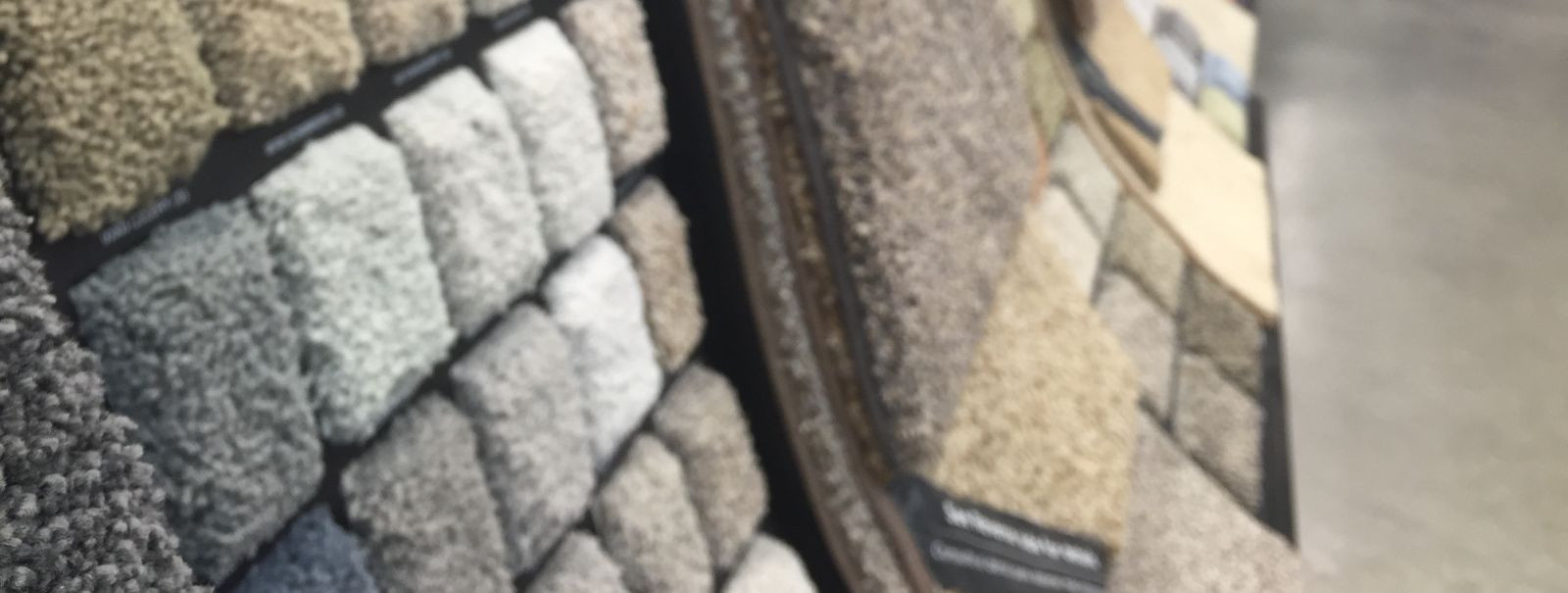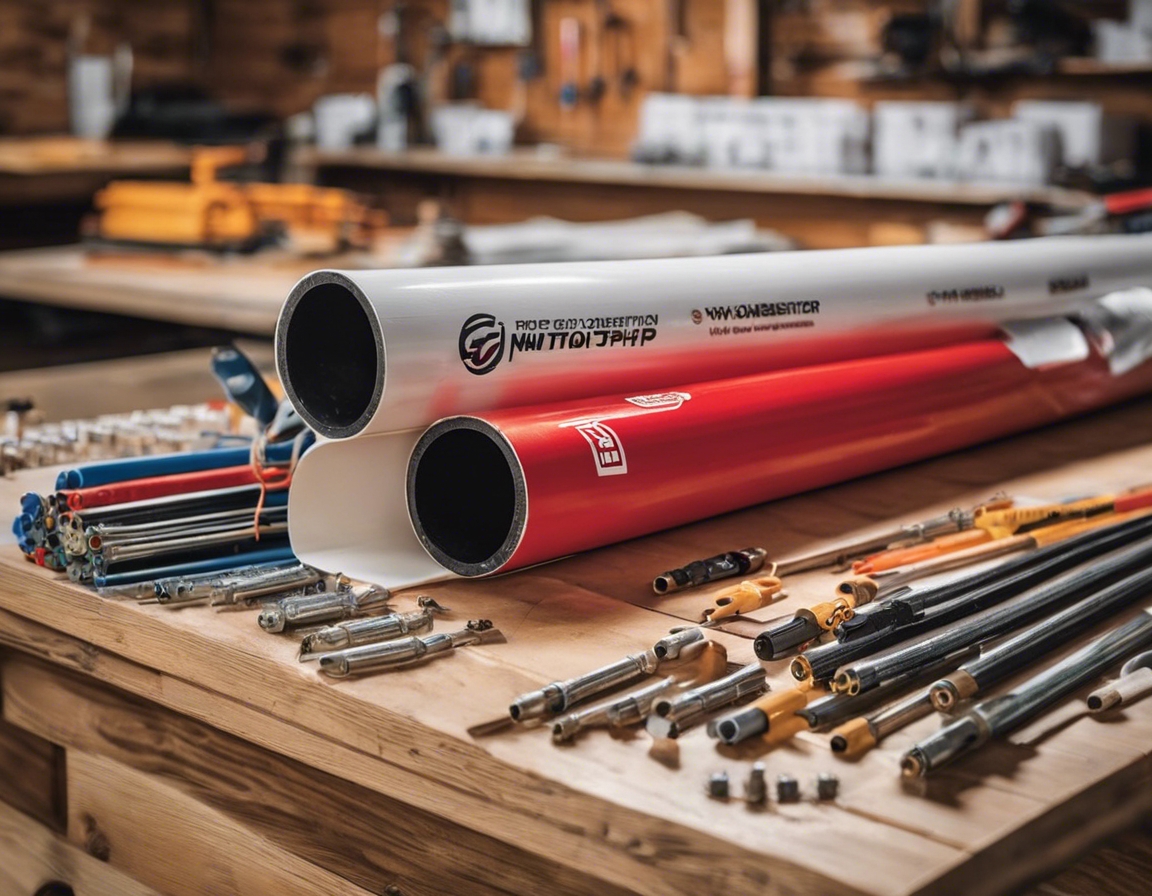Carpet installation: do's and don'ts
Carpet installation is a critical aspect of enhancing the comfort and aesthetics of any space. It requires careful planning and execution to ensure longevity and satisfaction. In this guide, we'll walk you through the essential do's and don'ts of carpet installation to help you achieve a flawless finish.
Pre-Installation Considerations
Selecting the right carpet involves considering the pile, material, and durability. It's important to choose a carpet that not only complements your decor but also suits your lifestyle and traffic needs.
Accurate measurements are crucial to avoid shortages or excess material. Always measure the space and consult with professionals to determine the right amount of carpet needed.
An appropriate underlay can significantly enhance the feel and longevity of your carpet. It provides cushioning, insulation, and noise reduction, so choose one that matches the quality and purpose of your carpet.
The Do's of Carpet Installation
Before installation, clear the room of furniture and old flooring. Ensure the subfloor is clean, dry, and level for the best results.
Allow your new carpet to acclimate to the room's temperature and humidity for at least 24 hours before installation to prevent future expansion or contraction.
Professional installers have the experience, tools, and knowledge to handle complex installations, ensuring a seamless and efficient process.
Examine the carpet for defects or color inconsistencies before it's laid down. Addressing issues beforehand can save time and money.
During and after installation, maintain good airflow to dissipate any odors from adhesives or new carpet materials.
The Don'ts of Carpet Installation
Never compromise on underlay quality. It's the foundation of your carpet and crucial for comfort and durability.
Seams and transitions should be carefully planned and executed to avoid visible lines and potential tripping hazards.
Take your time with installation. Rushing can lead to mistakes that may require costly corrections.
Adhere to the manufacturer's guidelines for installation and care to ensure warranty validity and optimal performance.
After installation, vacuum the carpet and attend to any loose fibers. Follow a regular maintenance schedule to keep your carpet looking its best.
Professional Installation vs. DIY
For high-quality results and warranty assurance, professional installation is recommended, especially for complex spaces or high-end carpets.
While DIY can save money upfront, it may not always lead to the desired outcome. Consider your skill level and the project's complexity before deciding to install the carpet yourself.
Common Mistakes to Avoid
Using the wrong tools or techniques can damage the carpet and subfloor. Ensure you're equipped with the right knowledge and equipment.
For patterned carpets, aligning the design correctly is essential. Miscalculations can result in a disjointed appearance.
A poorly stretched carpet can lead to wrinkles and uneven wear. Use proper stretching techniques to ensure a smooth, taut surface.






Comments (0)